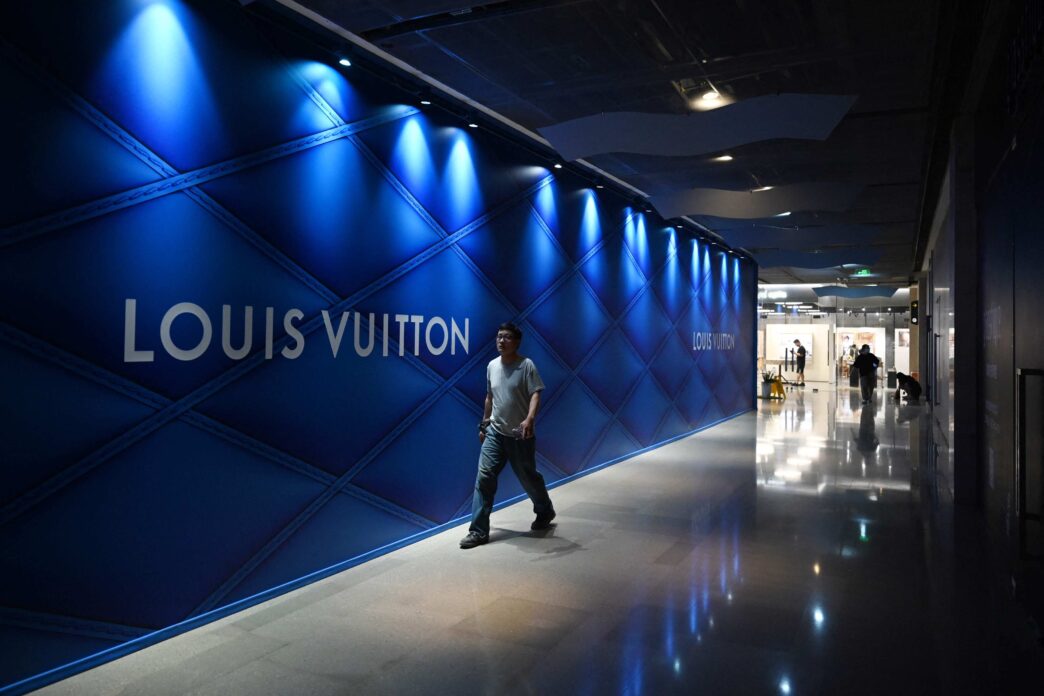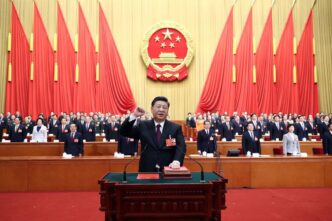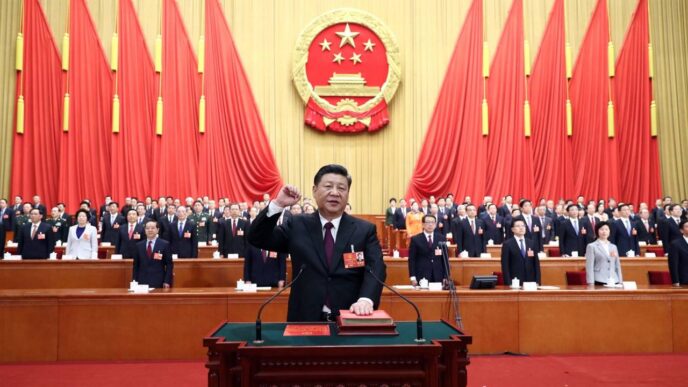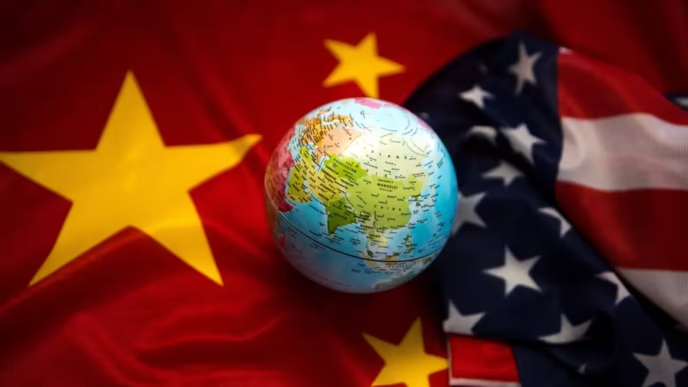The growing influx of discounted global luxury goods in China reveals a surprising shift in market dynamics—and a warning to traditional retail pricing.
In a twist that’s turning heads from Paris to Shanghai, China’s luxury market is embracing global retail like never before—only this time, with a radical difference: the price tag. Many global luxury goods are now entering Chinese hands at drastically reduced prices, in some cases as much as 100% lower than traditional retail. What’s going on?
From Prestige to Price Flexibility
Once considered the most important engine of full-price luxury consumption, China is now quietly becoming a discount destination for international brands—thanks to a combination of global oversupply, weakening Western demand, shifting consumer behavior, and digital resale ecosystems.
“Brands are no longer in full control of the narrative,” says Li Chen, a Guangzhou-based fashion analyst. “Chinese consumers are getting the same Dior bag or Gucci loafer for a fraction of the original price—and they’re smart enough to know when something is overpriced.”
How Is 100% Off Even Possible?
We’re not talking fake knockoffs. These are authentic luxury goods making their way into Chinese digital marketplaces, gray markets, and reseller platforms through liquidated inventory, bankrupt retailers abroad, or overstock from underperforming global regions. Some brands, eager to quietly clear excess goods, are selling in bulk to third parties who flip the products in Asia—sometimes for pennies on the dollar.
The result? What once cost $3,000 in a Milan boutique might now be found in a WeChat group or local warehouse clearance event for under $300. The practice, once discreet, is now scaling—especially in second-tier cities where appetite for luxury is high, but income sensitivity is even higher.
Luxury Without the Premium
Chinese shoppers have evolved. While name-brand status still matters, value is now king. Gen Z consumers in particular are savvy, digitally native, and more loyal to style than to logos. They’re less likely to be swayed by old-world ideas of luxury and more likely to hunt for the smartest buy.
“We want the same item, just not the markup,” says Mei Zhang, a 26-year-old from Chengdu who now exclusively shops luxury via third-party apps and resale platforms. “Why pay full price when I can get it sealed and tagged for 80% less?”
What This Means for the Global Luxury Sector
Luxury brands have long relied on China to prop up their global earnings. But if the country is becoming a discount sanctuary, that spells trouble for pricing integrity. If Chinese consumers can consistently get goods at 70–100% off, how long before those same expectations ripple back to other markets?
It also raises questions about brand positioning and long-term value. With inventory flooding the market through unofficial channels, exclusivity—the cornerstone of luxury—risks erosion.
The Bigger Picture
This shift doesn’t just reflect supply chain leakage or tactical discounting. It’s part of a broader rebalancing: a post-pandemic luxury correction, where overproduction meets a more discerning global consumer, and Asia’s appetite continues—but not at any price.
For now, China’s luxury buyers are winning. For the rest of the world’s brands? It’s a wake-up call: in the new luxury economy, control over pricing and perception is slipping fast. And the next chapter may belong not to those with the biggest logos—but to those with the smartest strategies.
















